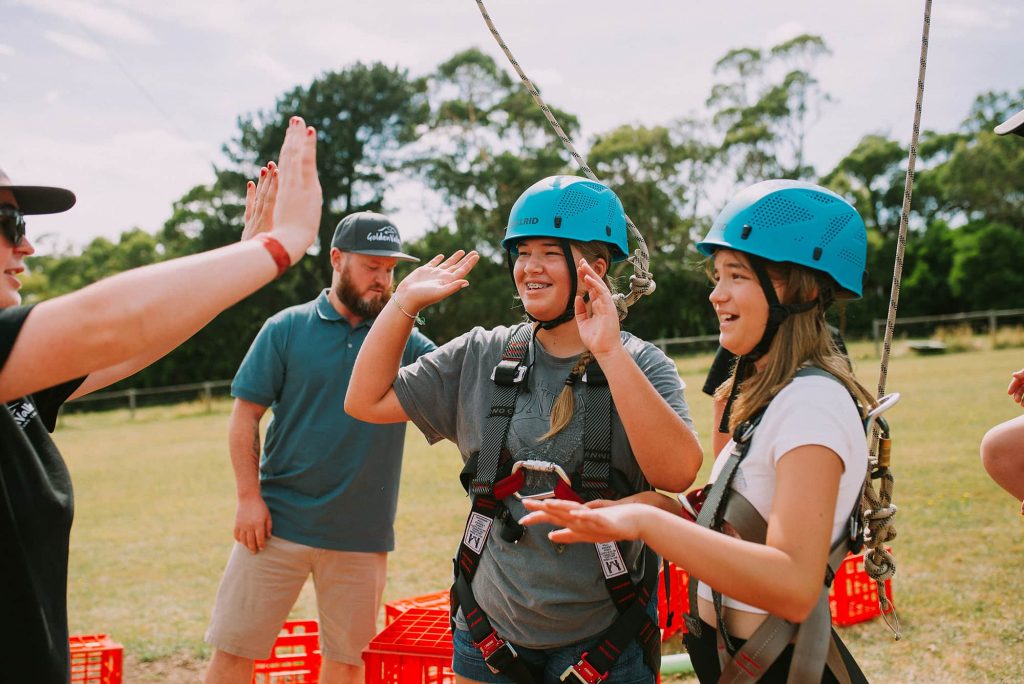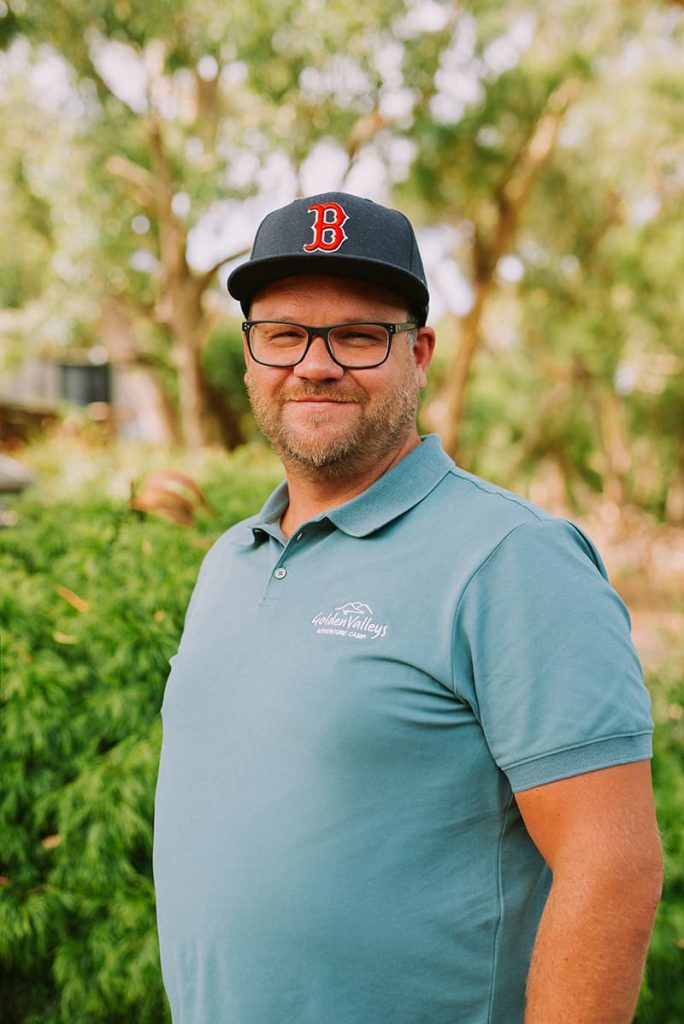27 Jun Creating intentional environments for positive affirmation

More than effective learning environments our students need people who reflect and affirm their strengths.
Social Mirror Theory states “we are not capable of self reflection without considering what is being reflected back to us through those around us. We see ourselves not just through what others say about us, but through our interpretation of responses, reactions and even facial expressions.”
In essence, your students are constantly looking to their friends, family, teachers and those those they interact with for indicators of who they are. We are talking about a question which runs deep, to the foundations of a child’s self perception – “is who I am acceptable?” In other forms it sounds like;
Am I good enough?
Am I smart enough?
Am I strong enough?
Am I skilled enough?
This emphasises the need to position students in intentional environments that are going to be purposeful in reflecting the strengths and capacities evident in them! Having even one person who truly sees and believes in a student is a powerful influence in their lives! In addition, students need safely facilitated interactions which encourage them to be affirming voices for one another.
The obvious place students should find this kind of affirmation is at home. However home is not the same for all, and as they get older, students spend more time away from parents. With so much in the lives of students tearing them down, to have an experience beyond the home that builds them up, encourages them and instils confidence and character is incredibly important. This can only be achieved within a village working together for the good of each student.
I’ll start with what we’ve learned here at Golden Valleys Camp and then consider how teachers can continue promoting great things in their students.
INTENTIONAL ENVIRONMENT #1 – SCHOOL CAMPS
As we walk our campers through social experiences, adventure activities and personal reflections we know the depth of impact we’re having through our team of trained facilitators to be highlighting the great things they see and hear!
We see this theory playing out constantly here at camp. The power of people who reflect back insights around the strengths, achievements and capabilities evident in our campers is immeasurable. For some, it’s the beginning of a brand new narrative that says:
you can,
you are,
you will!
Even more, we believe in the power of assisting each other, through the ability of campers to be an encouraging voice to their peers. Time and time again, we see such growth come from simple but intentional exercises such as open encouragement sessions where campers reflect on the great things they’ve seen in each other.
The mother of one of our school campers reached out to us recently. She is an administrator at a well known school here on the Mornington Peninsula. She shared that the year preceding had been a difficult one for her son. She wrote the following to us:
“My son had been having a really tough year mentally with frequent panic attacks and not coping at all due to one bad incident at school half way through the year last year. Your holiday camp program was his turning point. He has not had a panic attack since attending a week of holiday camps with Golden Valleys and is having the best year. I tell everyone that its because of those few days on that camp. I’m very grateful.”
The focus of our team is creating a school holiday camp environment of inspiration, encouragement and support that allows our campers the opportunity to step into more of themselves with confidence and character. And it works!
INTENTIONAL ENVIRONMENT #2 – SCHOOL
Here are two simple ideas you might enjoy in your own classroom as continue to invest in the wellbeing of your students. We use these exercises in our camp programs, but are a great experience in the classroom as well!
1. Popcorn Encouragement
Take a moment once a week, or as often as you see fit, to facilitate an open environment of peer to peer encouragement. It takes a clear invitation that sounds something like “okay class, we are going to take the next 3 or 4 min to share some of the great things we have seen from our classmates this week.”
You may need to start with one of your own to get your students moving. Once you’ve offered an example invite any positive reflections students might have for someone from the day or the past week. We call it popcorn encouragement because once one pops, you know they are going to start going off everywhere!
2. Encourage Encouragement!
I know it sounds simple, but there isn’t a student out there that doesn’t love being commended for a job well done! In our own environments we are establishing culture that rewards what we value.
As you value peer to peer encouragement and publicly commend it, you spread courage to speak out positivity! This is as simple as watching for life giving exchanges from one student to another and taking a moment to publicly replay the event, speaking to the character you see in the person who did the encouraging. It makes the event and imitable example for all the other students!
These little stories that you highlight help build a capacity in your students for encouragement as they are provided peer examples and teacher approval for their actions. Watch to see these events become more and more prolific as the good stuff spreads!
As teachers, we know we are preaching to the choir here! We want to take a moment to commend your dedication to the development and education of the kids that will become our next leaders and influencers! It can be a thankless position, but one of our greatest joys here at Golden Valleys is partnering with teachers who are looking to see their students thrive in every way! Thanks for being a life giving voice to your students!

Brad Olsen
Managing Director
“Thanks for being part of the village.”
